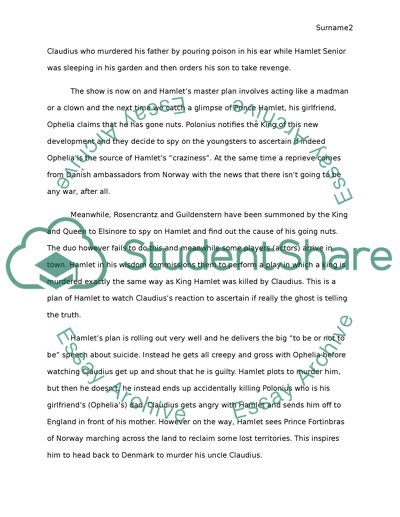Cite this document
(“The Foils of Hamlet Essay Example | Topics and Well Written Essays - 2500 words”, n.d.)
Retrieved from https://studentshare.org/english/1497457-the-foils-of-hamlet
Retrieved from https://studentshare.org/english/1497457-the-foils-of-hamlet
(The Foils of Hamlet Essay Example | Topics and Well Written Essays - 2500 Words)
https://studentshare.org/english/1497457-the-foils-of-hamlet.
https://studentshare.org/english/1497457-the-foils-of-hamlet.
“The Foils of Hamlet Essay Example | Topics and Well Written Essays - 2500 Words”, n.d. https://studentshare.org/english/1497457-the-foils-of-hamlet.


